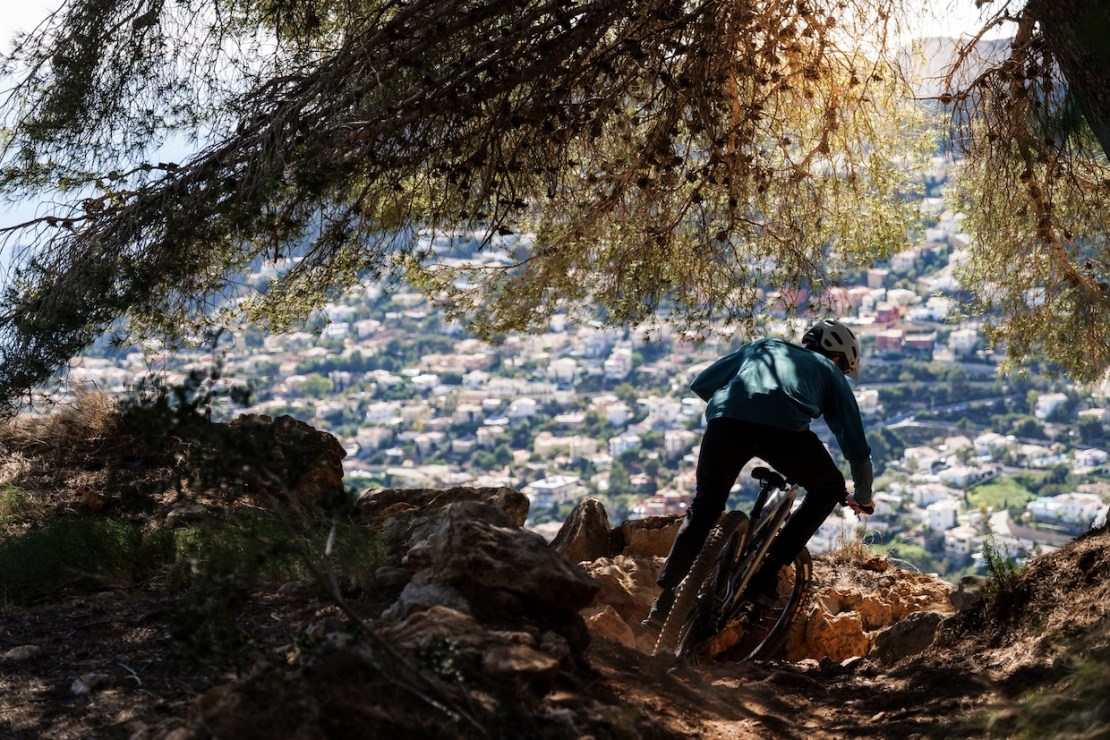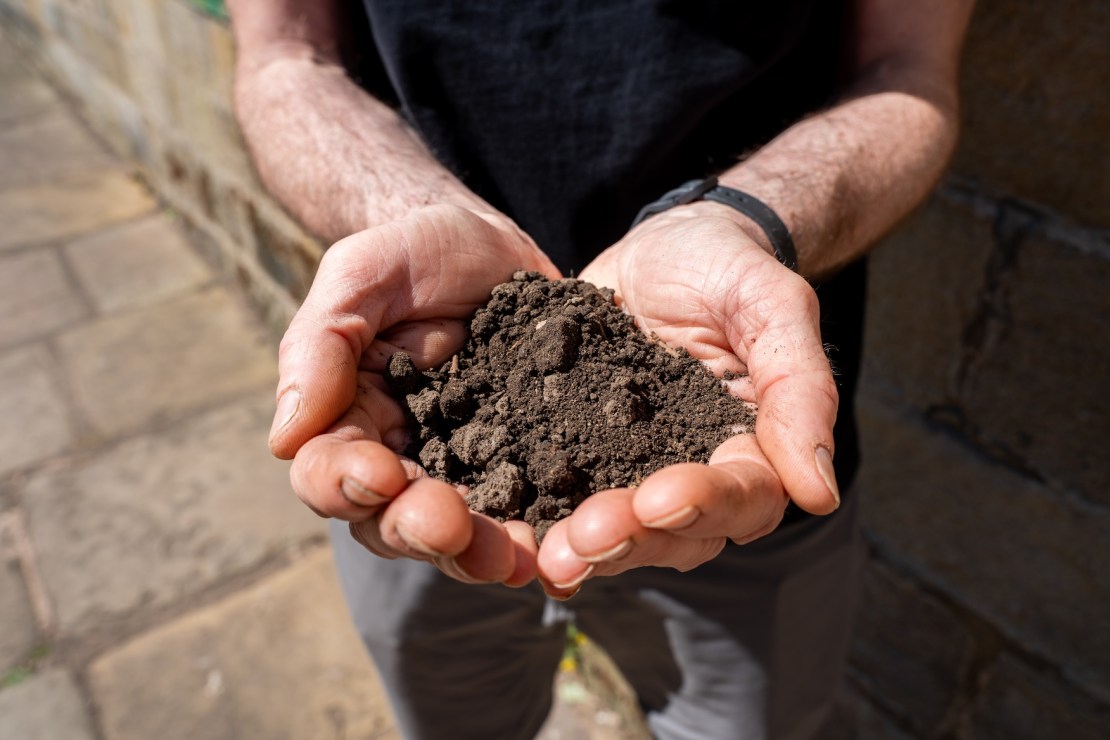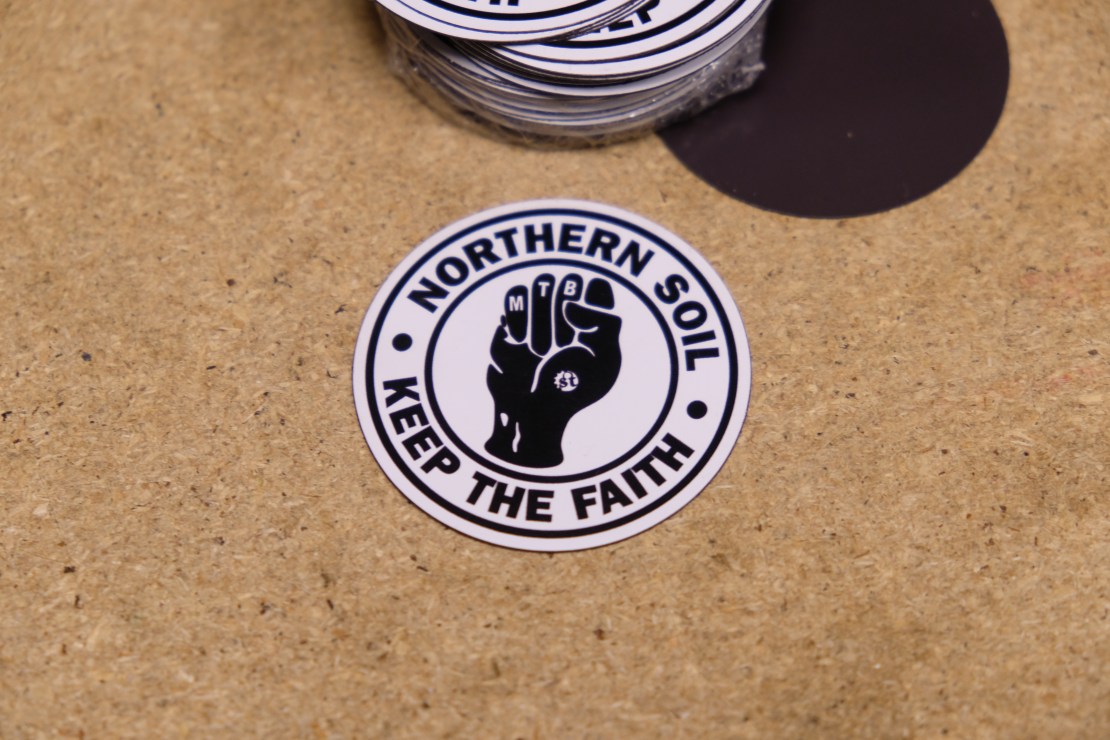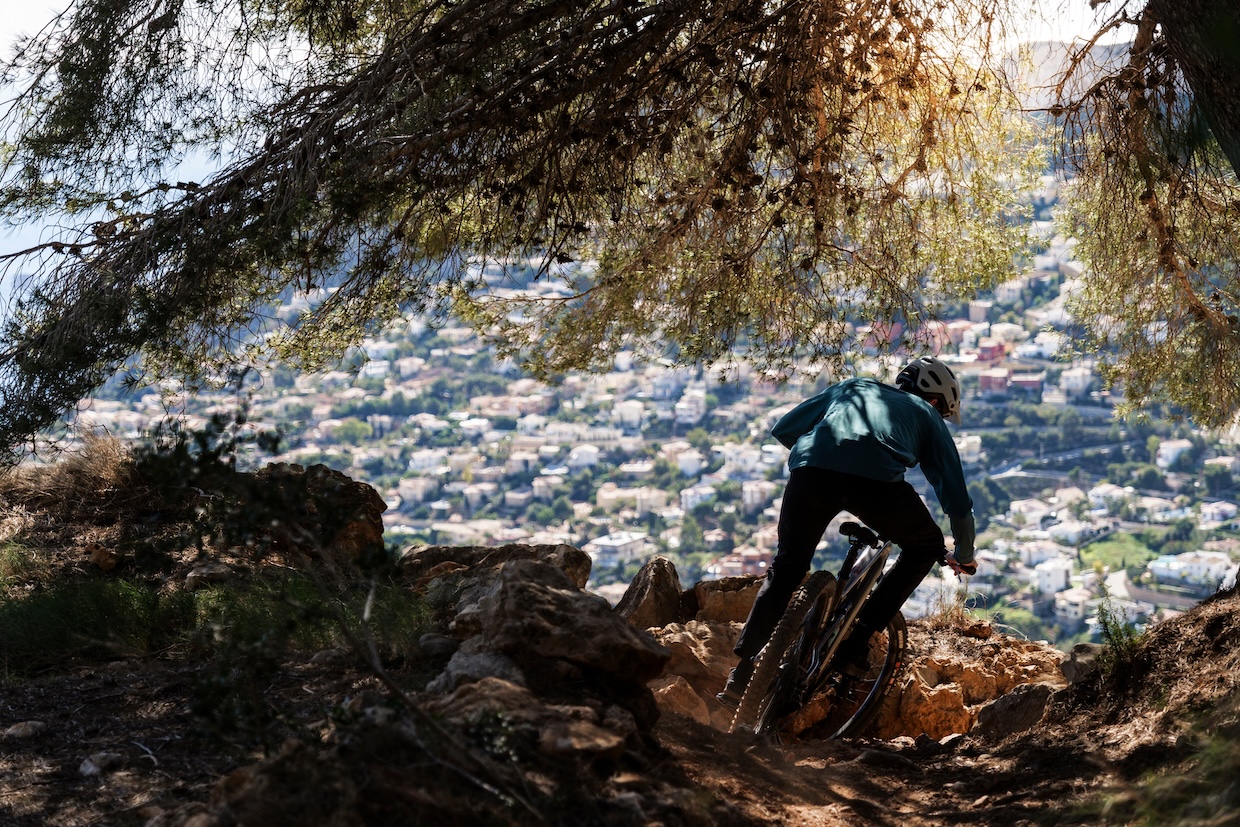Benji invites you to celebrate soil, in (almost) all its forms.
Words Benji | Photography as credited
Hey, this feature looks even better when viewed viaPocketmags; you get the full graphic designed layout on your device FOR FREE! It’s not quite as beautiful as the paper magazine but it’s better than a basic webpage.

Mountain biking is not about mountain bikes. It’s not even about mountain bikers. The very essence of mountain biking is all surface. The surface of the terrain we ride on. At least, to me it is.
Latest Singletrack Merch
Buying and wearing our sustainable merch is another great way to support Singletrack
Mountain bikes are arguably the only bicycles that are designed to exclusively ride on dirt. Nope, I’m not including cyclocross bikes in this argument. Mainly for my convenience admittedly, but also because cyclocross bikes are essentially road bikes with the bare minimum of tweaks done to them so they can just about survive an hour or so on soil. Mountain bikes don’t just survive soil – mountain bikes thrive on dirt.
Shall I switch to calling it ‘soil’ instead of ‘dirt’ seeing as I’m British? ‘Dirt’ is a very North American term. To me at least. ‘Dirt’ conjures up images of firmness and dryness. And ‘dirt’ is typically used negatively. The word ‘dirt’ doesn’t give off vibes of dampness, looseness, or darkness. British weather basically. For now, OK yep. Soil it is. (‘Dirt’ can stay in the headline of this article because my love of a pun rivals my love of soil).

The genesis of this soil soul-searching came from a press trip to arid lands. Southern Spain. There was not a whole lot of soil there. Dirt was there in its most hard incarnation, lethally topped with fine dust. And there was a whole lotta rock.
To cut a long story short, dry rocky looseness is fine. It’s fun. Particularly when it’s in the sun. For a day or two. But I’m a Northern Soilboy through and through. I enjoyed my dalliance on the Costa del Sol. Well, after an incredibly sketchy first corner or two at least! It takes a while to readjust yourself to foreign earth and then you can fully appreciate the novelty of new terrain traction. I have seen something similar happening in reverse when Mediterranean mountain bikers visit my Costa del Soil. (No, I will not stop the dirty jokes.)

To most normal humans, all soil is the same. Just soil innit? Brown stuff made up of rotting plants and animals, tiny rocks, some water and air. But we mountain bikers – along with gardeners and geography teachers (both fine vocations) – know that there is more than just one type of soil.
Do you have a favourite type of dirt? While every mountain biker is pre-programmed to exclaim ‘LOAMERS DUDE!’, the fact is that ‘loam’ is a term that has been over (ab)used to the point where it no longer describes ground conditions. It’s become more of a sort of description of the shape of a trail and the type of bike handling it promotes.
Depending on which gardening geography teacher you approach, there are either six different types of soil, or there are three. Sandy, loamy and clay is the shortest answer. Sandy, loamy, chalky, peaty, silty and clay is the longer answer.
In the UK we can be said to have three main soil types. Sandy/gritty soil. Heavier clay soil. With silt soils sitting somewhere in between. What’s your favourite type of soil to ride on?
I’ll come clean with my soil knowledge – I didn’t really know what soil was what. And it turns out ‘sandy’ soil doesn’t have to be sandy in colour or even appearance. If, like me, you’re unsure as to what kind of soil it is, you can carry out a quick test known as ‘soil textural analysis’.
This involves grabbing a handful of the soil, putting it on a saucer (or similar), adding a bit of water to it and mixing it up. Yes, basically be a toddler. Once mixed up, roll the soil around in your hands to make it into a ping-pong ball-sized sphere. Let it dry out for a bit. Then pick it up and gently squeeze it between your finger and thumb. Sandy/gritty soil will instantly fall apart. Silty soils will hold together for a while before splitting. Clay soils will hold together even longer and may not even fall apart until your finger and thumb meet. This test is essentially an assessment of the ability of the soil to hold itself together.
What’s my favourite type of soil to ride on you ask? My topsoil, if you will? As you’d expect me to say, it depends. Although you can pretty much put clay soil at the bottom of my podium (bloody awful when wet, not any better than its rivals when dry), it’s a two-horse race between sandy/gritty and silt. The Achilles heel of silt is dampness. Damp silt means slow rolling and blocked tyre treads. Sandy/gritty soil may not be as ‘hero dirt’ fast as silt in the dry but it’s not bad. And in the wet, sandy/gritty soil cleans up. Not literally.
The lack of indigenous soil and the abundance of shipped-in aggregate McSurface of so many UK trail centres leaves me utterly cold. You’re riding along a prophylactic barrier.
And that’s fine – any riding is better than no riding and I’m not here to campaign for the abolishment of slopestyle or trail centres. Trail centres are very much in the same vein as indoor climbing walls and dry ski slopes; good opportunities for people to get involved and learn in a consistent arena.
But I will admit that when I’m riding amid trees but being separated from the earth they’re growing in, it feels a bit… wrong. I appreciate that the aggregate-armouring is required to add sustainability and thus affordability to trails. Maintaining a dirt trail takes effort, time and people. Would you rather have 20km of aggregate track or 1km of natural dirt trail? Do you want quantity or quality?
The more enlightened (and less cash-strapped) trail centres themselves are feeling a bit of this vibe. We’re hearing about more and more short, ‘natural’, dirt-based trails being announced in some of the larger, more popular places (Bikepark Wales, Llandegla, Dunkeld to name a few).
This needs celebrating. Dirt needs celebrating.
I’m not even (just) talking airy-fairy bollocks here either. Soil is possibly an anti-depressant. According to research carried out by Integrative Physiology Professor Christopher Lowry and others (see below), soil contains something called mycobacterium vaccae, which has a similar effect to antidepressant drugs on human brains. This bacterium can also lead to improved cognitive ability, reduction in stress and better concentration on tasks. You ingest these friendly little fellas just by mucking about in… well, muck.
You can’t have dirt without rain. Without rain, your surface is rocks and sand. And rocks and sand can be fun. For a while. Until you realise you’re pining for soil. Rocks and sand are traps. Obstacles. Rocks and sand don’t welcome you the way dirt does. Luckily, the UK has an abundance of rain – and dirt. Dirt is opportunity. It’s yours to seize.
Further reading…
Effects of Immunization With the Soil-Derived Bacterium Mycobacterium vaccae on Stress Coping Behaviors and Cognitive Performance in a “Two Hit” Stressor Model, National Library of Medicine, Maryland, USA. Available from: pmc.ncbi.nlm.nih.gov/articles/PMC7813891







